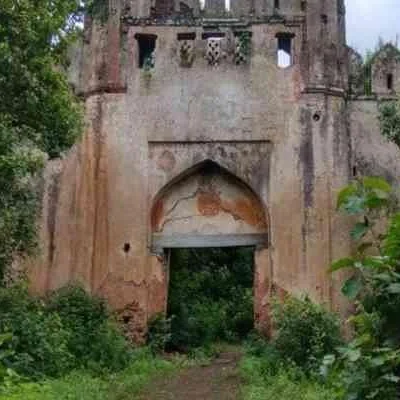The historic Palamu Fort in Jharkhand’s Palamu district could soon be getting a much-needed makeover. Discussions are underway between state and central government officials to begin the restoration of this important cultural site.
Land Transfer: A Necessary First Step
Jharkhand’s Finance Minister Radha Krishna Kishore recently met with Union Minister of Culture and Tourism Gajendra Singh Shekhawat to discuss the fort’s future. During the meeting, a key hurdle was identified: the land on which the fort stands must be officially transferred to the Archaeological Survey of India (ASI) before any major work can begin. The Union Minister made it clear that without this transfer, the ASI is unable to start maintaining and beautifying the area.
This transfer is essential because the ASI is the government agency responsible for the preservation of historical monuments like Palamu Fort. Once the land is under their control, they can begin the necessary steps to protect and restore the fort.
Seeking Solutions and Funding
The finance minister is actively working to speed up the land transfer process. He understands the importance of preserving this historical landmark. Furthermore, the central government has indicated that financial assistance is available for historical monuments like Palamu Fort. This assistance can come through collaborations between state governments and private organizations.
The Union Minister explained that if the National Conservation Fund receives money from the State Government and private institutions, the Archaeological Department can use those funds to preserve the fort. Therefore, the involvement of both the government and private sector is essential to make the restoration project a reality. Perhaps this collaboration could follow similar models used to preserve other landmarks; learning from those experiences might prove beneficial.
Why Palamu Fort Matters
Palamu Fort is more than just an old building; it’s a vital part of Jharkhand’s history and culture. Restoring the fort would not only protect this heritage but also boost tourism in the region. As a result, increased tourism could lead to new jobs and economic opportunities for local communities.
The successful restoration hinges on strong cooperation between the state and central governments. Working together, they can ensure that Palamu Fort is preserved for future generations to appreciate and learn from. This monument deserves the attention and resources needed to bring it back to its former glory and tell its story to the world.
